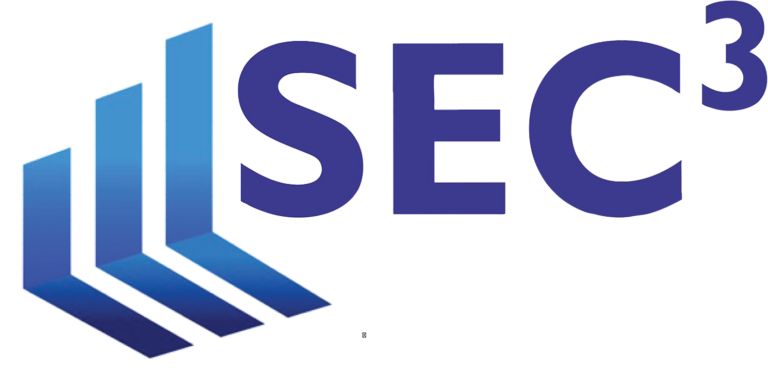There were a number of important regulatory developments in November, which we will cover in detail over the coming weeks. Here are the top three you need to know about.
1. The SEC and the Department of Justice issued on November 14, 2012, the FCPA guide (“Guide”) to be found here. As Robert Khuzami, Director of the SEC’s Enforcement Division explained, the guide is “an ambitious effort to lay out how the government interprets and applies the FCPA, in order to educate companies about how to prevent their employees from violating the law, and educate employees about the limits of permissible conduct.” Khuzami reiterated that the Guide is mainly about prevention of illegal activity through education. Prevention is preferable than enforcement. As he said, “We want to make it clear how we reward companies to adopt compliance programs that are effective in preventing violations in the first place.”
2. There were a number of important CFTC-related developments in November we well. First, on November 16, 2012, the U.S. Treasury Department exempted foreign-exchange swaps and forwards from most of the Dodd-Frank Act’s derivatives regulations intended to reduce risk and increase transparency in the derivatives market. This long-awaited determination would, among others, make a difference between having to register or not for many advisers (view the Treasury determination here). In particular, FX swaps and FX forwards do not need to be included in calculating whether an entity must register as a swap dealer, a commodity pool operator or commodity trading advisor. Second, the CFTC/NFA offered informal guidance about how to calculate assets under management (“AUM”) for purposes of Form CPO-PQR, the new CFTC filing form. Specifically, the NFA has explained that the AUM to be counted and reported for purposes of the CFTC Form CPO-PQR (including thresholds) is solely AUM of commodity pools for which a registered CPO must act and operate in its registered capacity. Pools for which a CPO (whether registered or unregistered) relies on or claims a CPO registration exclusion or exemption are not to be counted and reported. So, for example, pools operated pursuant to CFTC Rule 4.7 will be counted while pools exempt under Rule 4.13(a)(3) or under Rule 4.5 will not be. It is important to note that the manner in which the AUM is calculated is important in order to determine both the content of the Form COP-PRQ as well as the frequency of reporting.
- Small CPOs (less than $150mm pool AUM at close of business day on any business day during calendar year), complete Schedule A of the Form annually.
- Mid-sized CPOs (at least $150mm aggregated pools AUM at close of business day on any business day during calendar year), complete Schedules A and B annually.
- Large CPOs ($1.5bn in pool AUM as of the close of business on any day during any of the individual quarters), complete Schedules A, B, and C quarterly. 1
Dual registrants registered with both the SEC and the CFTC are subject to special rules. In particular, those who have to submit Form PF to the SEC, complete only Schedule A of the Form CPO-PRQ and may otherwise substitute SEC Form PF for Schedules B and/or C of Form CPO-PQR.
3. Finally, on November 1, 2012, the pan-European short selling regulation (the “Regulation”) came into effect, restricting short selling in the European Union (EU), after the Council of the European Union and the European Parliament voted to adopt the proposed regulation on March 14, 2012 (find the text of the Regulation here and related Q & A here). These regulations were adopted in an effort to harmonize short selling requirements across the EU. The Regulation applies to financial instruments admitted for trading on the EU markets and venues regardless of the domicile of the position holder. As such, the Regulation impacts US managers trading in the EU. However, there are a number of exemptions including when the principal trading venue for the shares of a company are outside of the EU. Consequently, the Regulation does not apply for instance to short positions of a US manager in shares of a company domiciled in the USA which are admitted to trading on a trading venue in Germany, but whose principal trading venue is located in the USA.
We will cover these developments in our upcoming communiques, but in the meantime, please contact us if you have any questions.

